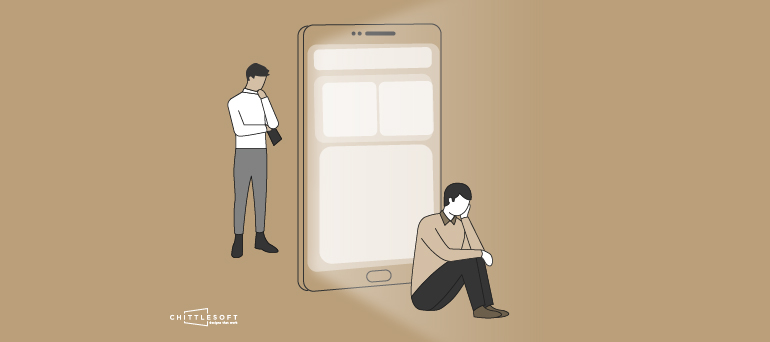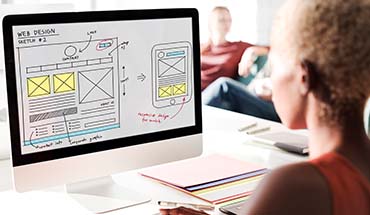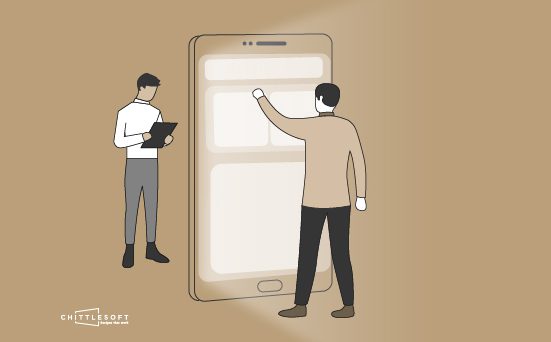
“If I had an hour to solve a problem, I’d spend 55 minutes thinking about the problem and five minutes thinking about solutions.” – Albert Einstein
In our exploration of the 5 stages of Design Thinking proposed by the Hasso-Plattner Institute of Design at Stanford (d.school), we’re looking at how organizations are making efforts to move towards a human-centered design (HCD) approach. Our previous blog covered how to empathize with your user. Here, we’ll go over the second stage of this model – defining your user’s problem.
An important thing to keep in mind is that these stages – Empathize, Define, Ideate, Prototype, and Test – do not always happen in this order. At various points in the design process, you may need to return to any one of these stages. We think of them as components that can be reassembled to create a process that works for you and helps you create an effective end product to solve your user’s problem. The ‘Define’ stage is one of them.
How do you define your user’s problem?
Design is ultimately about solving problems. In the previous stage, ‘Empathize’, you zone in on the pain points and issues that your user is experiencing. In the ‘Define’ stage, you turn those insights into a problem statement. Here’s a summary of what that will entail:
How do you write a good problem statement?
Factor these points in as you plan your problem statement:
- In the ‘Empathize’ stage, it’s essential to remove biases from the design process, and that’s something you will need to do at this stage as well. The first thing to do is to put aside any assumptions about what your user’s problems are. You can start by making a list of assumptions held by your team, and then put it away. If you find the team operating on any of those, you can flag it.
- Your problem statement should contain what you want your design team to focus on. When you empathize with your user and learn about their various concerns, you can identify the most significant and relevant ones.
- It’s important to keep in mind that your design needs to be human-centered; that is the overarching objective of the 5 stages. When you write your problem statement, talk about the user you are trying to help rather than the product you will use to help them.
Here’s a quick video on what a good problem statement should and should not contain:
As you try to write a good problem statement, make sure to do the following:
- Focus on the user
- Leave enough room for ideation and creativity by making it reasonably broad.
- Check to see if it gives your team a clear direction to work in, without asking them to solve multiple problems at one go.
These tips help the Chittlesoft team write problem statements that lead to effective end products. To learn more about our process and how we can help you, contact us here!
In the next blog will cover Stage 3 of the design thinking process: ideating on a solution.
Many of our customers come to us in search of a good creative branding agency or digital design studio in Pune and then find all the design services they need under one roof. Learn how we use our design expertise to supplement your resources!
Key Sources:
https://www.uxpin.com/
https://www.youtube.com/




